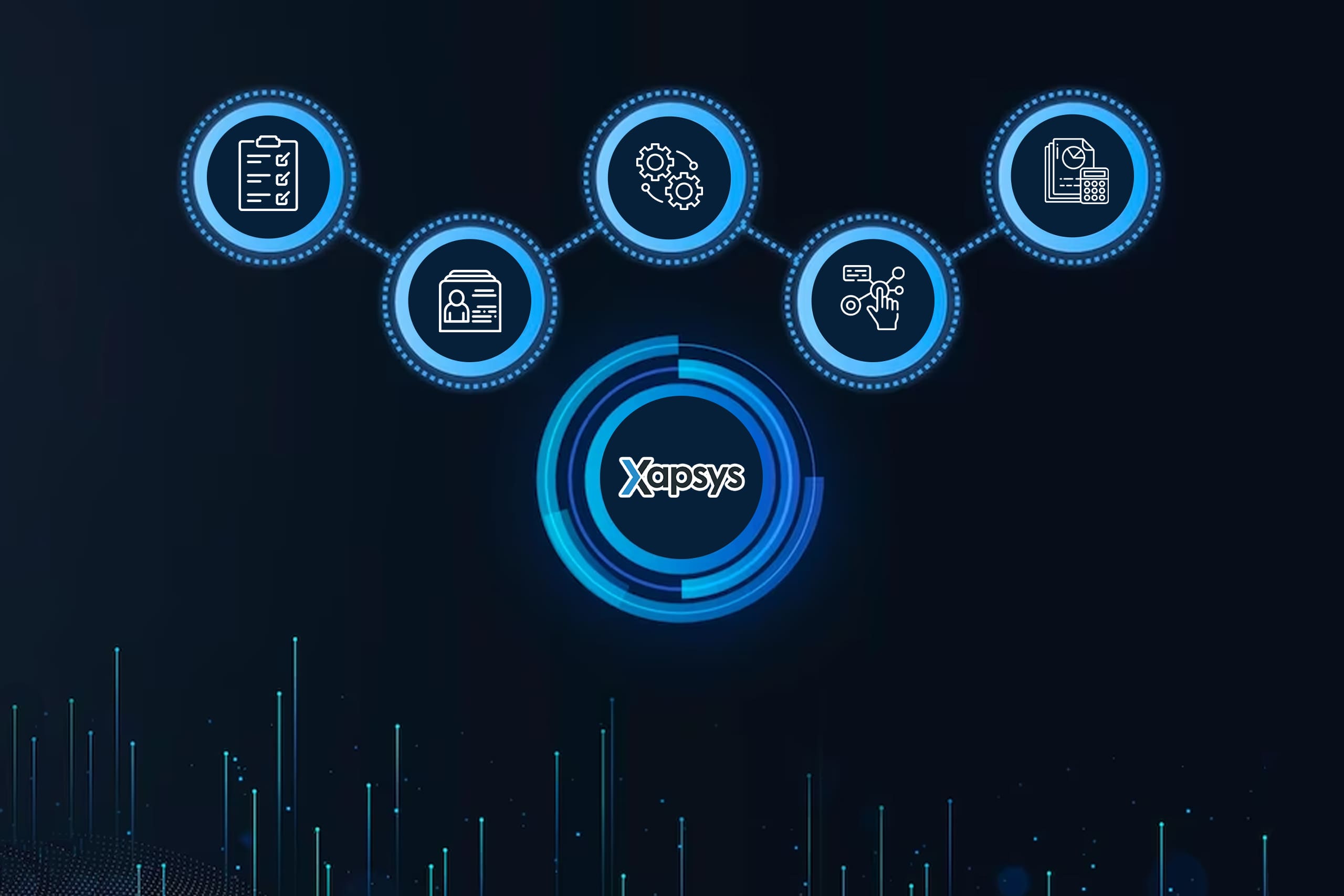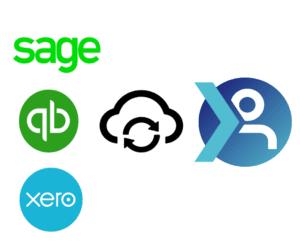The Ultimate Guide to Order Management Systems 2023: Streamlining Operations for Business Success
Published on 18 August 2023 by Ankit Kumar
To thrive in today’s business environment, it is crucial to have an order management system(OMS) in place. Many businesses are turning to OMS to meet customer demands and customise operations.
This is going to be a comprehensive guide for a buyer, where we will delve into the specifications of OMS. We will explore fundamental questions and offer practical insights.
The benefits of implementing an OMS are also explained in this blog. A business can harness better order processing ability and better management of inventory. Some other benefits include streamlined fulfilment and a better customer experience. And, we will discuss different types of OMS and their use for specific business needs.
Functions of an OMS
An order management system automates and manages the entire order lifecycle of a business. From order placement to delivery and even post-delivery, an OMS acts as a central hub. It manages processes such as order processing, inventory management, fulfilment, and customer service.
An OMS optimises these operations, enabling businesses to enhance efficiency and reduce errors. And a seamless and remarkable customer experience is also workable.
Importance of OMS for Businesses
An OMS is vital for businesses in the digital age. Automating tasks and reducing errors speed up order fulfilment and boost customer satisfaction. Let’s explore the reasons why having an OMS is essential for businesses:
First, management software enables efficient order processing. Automated workflows lead to less manual interaction. As your workflow is now managed by an automated system, there is a lesser risk of errors. This streamlined process leads to faster order fulfilment, resulting in enhanced customer satisfaction.
An OMS provides real-time visibility into inventory, allowing businesses to manage their stocks. With accurate insights, businesses can prevent stockouts, cut carrying costs, and ensure restocking. This inventory regulation capability is a significant advantage offered by an OMS.
Another crucial benefit is the ability to streamline fulfilment performance. As an OMS is in connection with logistic providers, shipment routes are manageable. And provide accurate tracking information to customers. This enhances efficiency and ensures a seamless fulfilment experience.
Moreover, a management system empowers businesses to improve customer experience. Businesses can provide personalised services, timely updates, and efficient customer support by integrating factors like customer data, order information, and preferences. This level of attention to detail results in higher customer satisfaction and loyalty.
An OMS offers flexibility for business growth. As companies expand, the OMS can handle and support changes. And ensure that the business can continue managing orders as they grow.

Features of an OMS
The following are the features any enterprise’s order management system should have:
- Support for Multiple Sales Channels
An OMS allows businesses to expand by connecting with many sales channels. Businesses can manage orders from channels like e-commerce platforms, marketplace, or brick-and-mortar stores. The order processing is thus streamlined, with no need for manual data entry.
- Integration
With OMS, businesses can integrate their sales channels into a single platform. This simplifies the order management process. Businesses can receive and process orders from different channels in a unified system. Eliminating the need for manual switching between platforms saves significant time.
- Centralised Customer Data
An OMS provides businesses with a comprehensive customer database. This feature allows organisations to store and manage customer information. The information includes contact details, order history, and preferences, in one central location.
A business can access its customer data, personalise services and provide tailored suggestions with the help of a centralised customer database. This leads the business to enhanced customer satisfaction and loyalty.
- Inventory Management
Inventory management is a critical aspect of any business, and an OMS can do that without stress. Businesses track inventory levels, and stock movement, and receive real-time updates on product availability.
With accurate inventory data, businesses can enhance operational efficiency and customer satisfaction. This can be possible by regulating stock levels, preventing stockouts, and ensuring timely restocks.
- Accounting Integration
An OMS can also work with accounting software. It can make financial tasks like updating sales and order information easier. OMS helps businesses’ financial processes by updating data on sales and orders in their accounting system. By eliminating the need for manual data entry, businesses can save time and cut errors.
Benefits of an OMS
- Comprehensive Visibility
A robust OMS offers a unified and real-time view of orders, inventory, and customer data across multiple sales channels. This visibility helps businesses make informed decisions, spot trends, and manage operations .
- Intelligence
An OMS offers valuable insights through analysing data and generating reports. By analysing sales, customer behaviour, and inventory data, businesses can gain valuable insights. They can also identify opportunities, forecast demand, and make data-driven decisions.
- Flexibility
An effective OMS helps businesses with their orders, prices, discounts, and promotions. It enables businesses to accommodate complex requirements and provide a seamless customer experience.
- Live or real-time inventory
An OMS connects with an inventory management system to provide an accurate and current view of stock levels. This helps businesses prevent stockouts, manage backorders, and fulfil orders.
- Scheduling of Deliveries and Services
OMS enables businesses to schedule deliveries and services. It monitors routes, assigns resources, and ensures timely order fulfilment.
- Customer Engagement Technology
Many OMS solutions provide customer engagement features: order tracking, notifications, and self-service portals. These technologies empower customers, reduce support inquiries, and enhance the customer experience.
- Streamlining Fulfilment
An OMS automates the fulfilment process, and order allocation, warehouse management. From picking, packing to shipping there is no need for manual interaction. This automation reduces errors, improves efficiency, and enables businesses to meet delivery deadlines.

Types of OMS
- On-Premises OMS
This type of OMS is installed and managed on a business’s servers in a local manner. On-premises OMS offers complete control and customization but requires upfront investment and maintenance.
- Cloud-Based OMS
The remote servers host cloud-based OMS and it is accessible through the internet. These software systems offer good capacity, cost-effectiveness, and easy integration with other systems. The service provider handles updates and maintenance.
Challenges in an OMS
Implementing and managing an OMS presents specific challenges:
- Integration Complexity
Integrating an OMS with a current system like ERP can be a complex and time-consuming task. Businesses must ensure seamless data flow and prevent disruptions during the integration process.
- Scalability and Performance
As businesses grow, their order volumes increase. OMS should be capable of handling high transaction volumes. Providing fast response times, and maintaining system performance are also necessary.
- Training and User Adoption
Proper training and change management are crucial for successful OMS implementation. Businesses should ensure that the employees understand the working of the system.
- Customization and Upgrades
OMS should provide customization options to align with specific business processes. Yet, excessive customization can lead to complexity and challenges during system upgrades. Businesses need to strike the right balance between customization and future-proofing the system.
Choosing the Right OMS
Choosing the appropriate OMS for your business requires careful consideration.
Here are some key factors to check:
- Assess Your Business Requirements
Identify what your business needs for proper order management. Considering factors such as order information, sales channels, inventory complexity, and customer expectations.
- Integration Capabilities
Assess the OMS’s seamless integration capabilities with existing systems, such as ERP. Seamless integration ensures smooth data flow and minimises manual intervention.
- Scalability and Flexibility
Choose an OMS that can help your business grow and adapt to evolving requirements. It should support multiple sales channels, new features, and changing customer demands.
- User-Friendliness
The OMS should have an intuitive interface and easy-to-use functionalities. This reduces training time, enhances user adoption, and minimises errors.
- Vendor Reputation and Support
Research the reputation of the OMS vendor, customer reviews, and support services. Selecting a vendor that offers flexible support ensures a smooth application and ongoing support.
An efficient order management system is the backbone of modern businesses. It enables streamlined operations, improved customer experience, and sustainable growth. A business will be able to make informed decisions by understanding the importance of an OMS. Right OMS will pave the way to operational excellence and business success in and after 2023.


